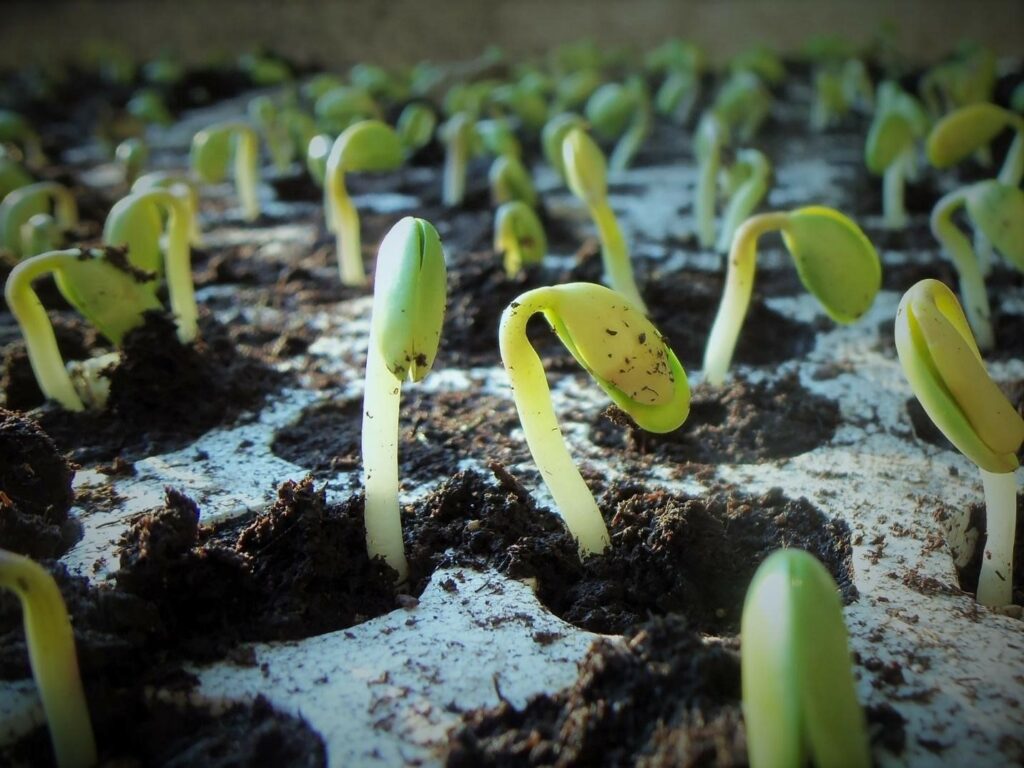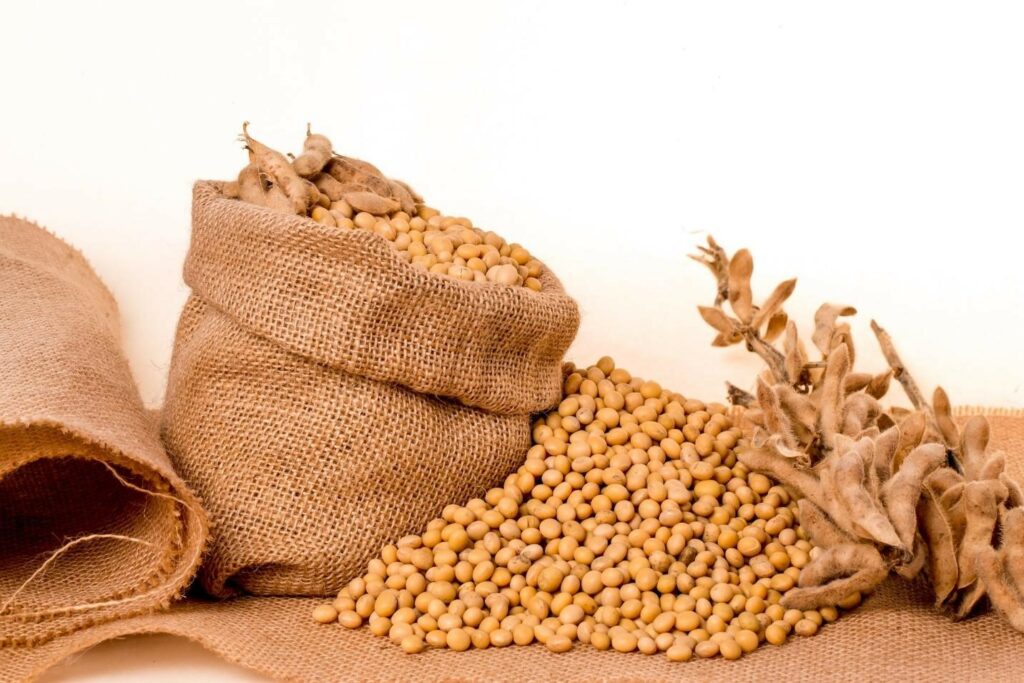Soybeans are an edible bean variety belonging to the legume family. Despite their current global consumption, they were initially native to East Asia.
They can be used for human consumption, nonfood products, or animal feeds. Soybeans can be sold frozen, fresh, dried, canned, or eaten similarly to other bean types.
The US and Brazil currently account for 80% of soybean production. The product is harvested green or mature and then sold fresh or dried.
The soybeans that have not matured are called edamame; they are crisp, smooth, and firm and retain their texture after cooking.
They are typically sold frozen and fresh. On the other hand, mature soybeans have a light brown color and are available in and out of the pod.
You can get all the soybean products from ussoy.org, which provides the best versatile soy products globally famous.

How Are Soybeans Cultivated?
Soybeans seeds are planted on land cultivated by a tractor and a planter that deposits the sroots1.5 inches deep in rows 30 inches apart. It is worth noting that there is no rule to the width of the rows, but they are typically 30 inches.
Soybeans can also be drilled into the ground by a unique no-till planter. When the farmer uses this method, the land needs no cultivation, and seeds are directly planted into the stubble of the previously harvested crop, such as wheat.
The no-till method saves much time, conserves the soil’s moisture, and decreases the possibility of soil erosion. It is desirable, but farmers must deal with pests and weeds.
What Are the Uses of Soybeans?
The applications of soybean are wide. They can be used for the human, animal, consumer, and industrial products. Below are some of the notable uses of soybeans.
- Animal Nutrition. Soybean meal is the major protein and amino acid source used in feed formulations, especially for monogastric species. It is an excellent source of high-quality vegetable protein for animals, having a less variable chemical composition than other sources—livestock and poultry feed account for 97% of the soybean meal use in the US.
- Food. The remaining 3% of soybean meal used in the US goes to food products like soymilk and protein alternatives. It is a suitable replacement for lactose products if you are allergic or intolerant. Soy protein is also an excellent way for vegan and vegetarian customers to get protein.
- Oil. Soybean is also used for making oil, used primarily for food. The oil can be used for baking and frying, as a vegetable oil, or as an ingredient in margarine and salad dressing.
- Industrial uses. Soybean oil is also used for industrial purposes. It is converted into products like plastics, cleaners, and paints.
- Biodiesel. Biodiesel made from soybean is a renewable substitute for petroleum diesel. This fuel lowers greenhouse emissions and enhances energy efficiency.
How Is the Soybean Market Outlook?
The soybean market is poised to register a CAGR of 3.5% during the 2022-2027 forecast period. Supply chain disruptions greatly impacted the soybean market during the Covid-19 pandemic.
The disruptions reduced the production of soybean byproducts which, in turn, reflected in the soybean market.
The US, Argentina, Brazil, Uruguay, Canada, and Paraguay are the global leaders in soybean production and exportation, accounting for most of the production.
The US has been at the forefront of soy production, but there was a shift in 2019. Brazil increased its production significantly owing to favorable conditions such as excellent weather conditions, fantastic soil quality, and water availability.
The current drive in the soybean market can be attributed to the increased adaptation of veganism in western countries. This is because the plant provides sufficient [proteins for a vegan diet.
There is also increased health awareness among consumers due to high living standards, which has impacted the market positively.

How Can You Trade Soybeans?
There are three significant types of soybean available to trade in the commodities market: soybeans, soybean oils, and soybean meals. The prices of each asset vary greatly depending on its uses.
With the continued development and emergence of market economies, the demand for soybeans will likely improve in the coming years, both for animal and human consumption.
You can trade soybeans in different ways. Below are some of the methods.
- Future contracts: These are the most common way traders take a position in the soybean market. These contracts allow traders to agree to the delivery of a certain soybean amount at a set date for an agreed price.
- Options: Traders can also use specific options to speculate on the price of soybeans. There are two options: calls and puts, which give the trader the right to buy or sell an asset before an expiry date.
Wrapping Up
Soybean is an excellent crop with diverse uses. It has experienced an immense surge in popularity over the years, and the growth is expected to continue.
You can be part of the soybean growth either as a trader, consumer, or farmer. Regardless of your approach, you are assured of getting a return since the market boom is still ongoing.

